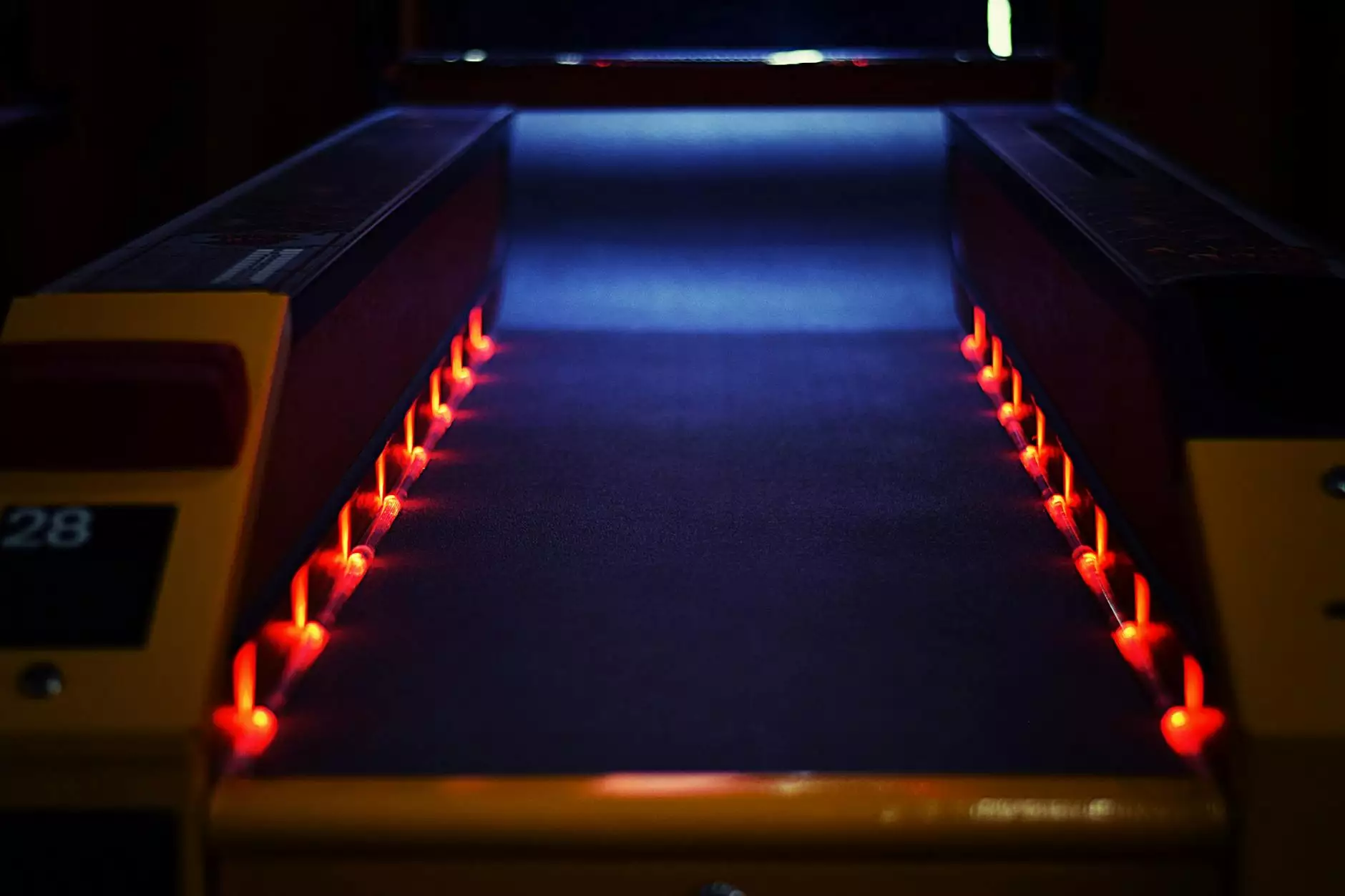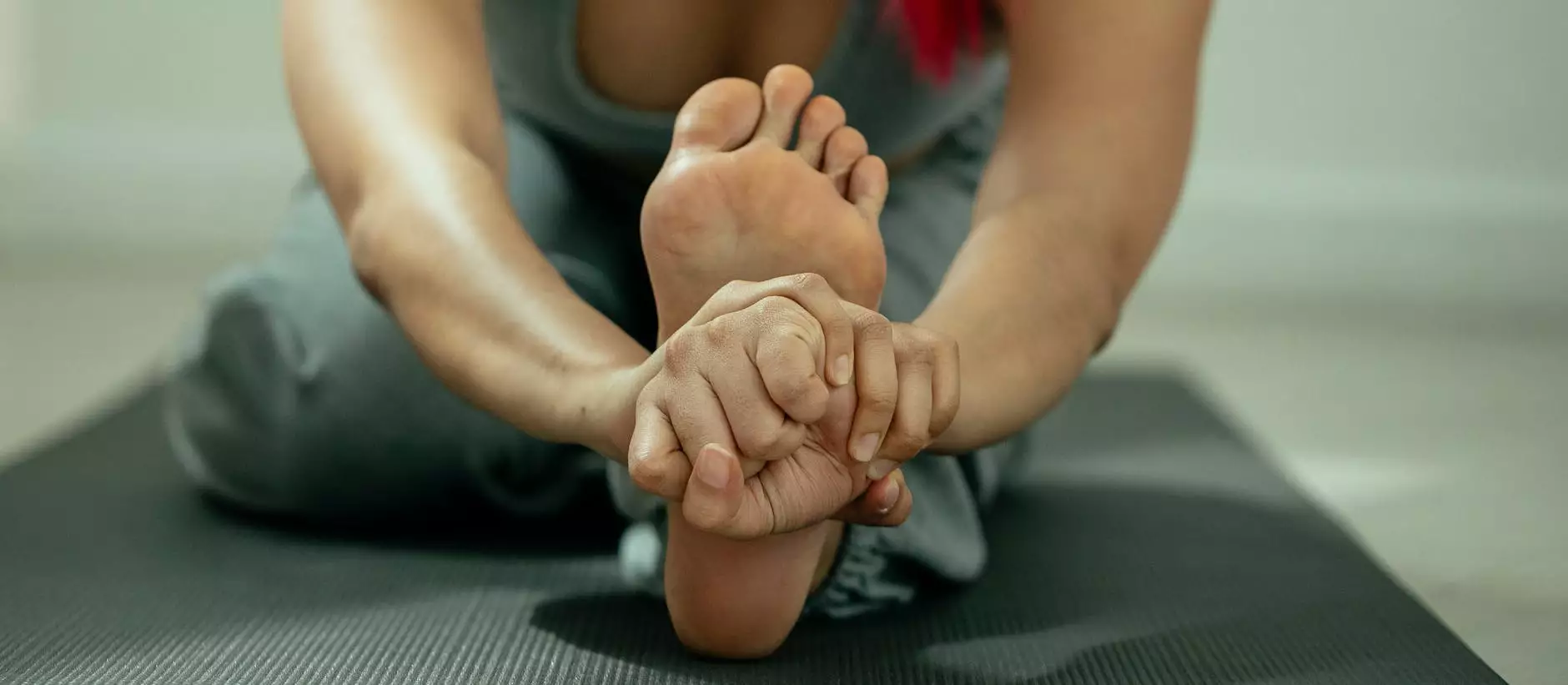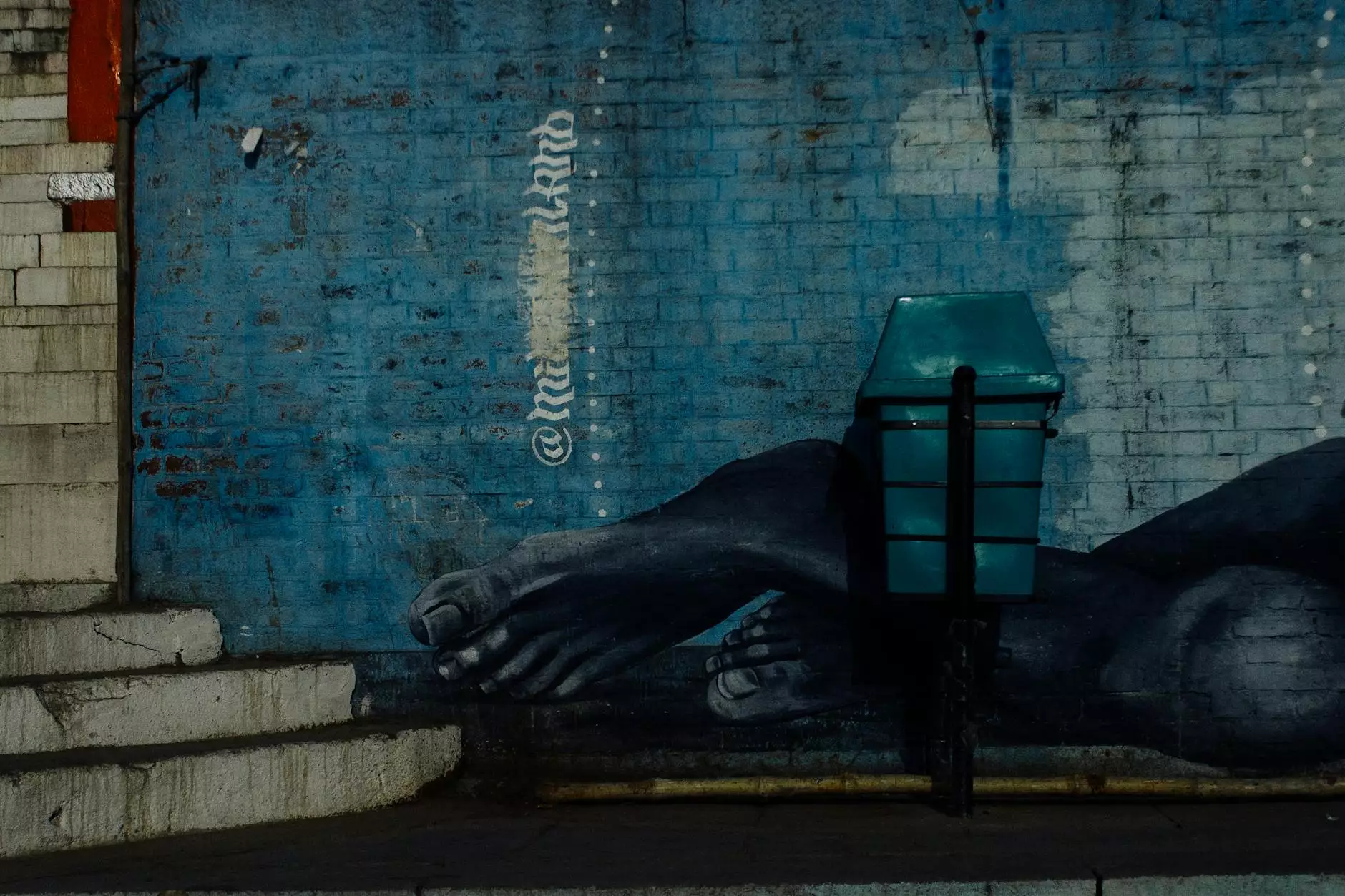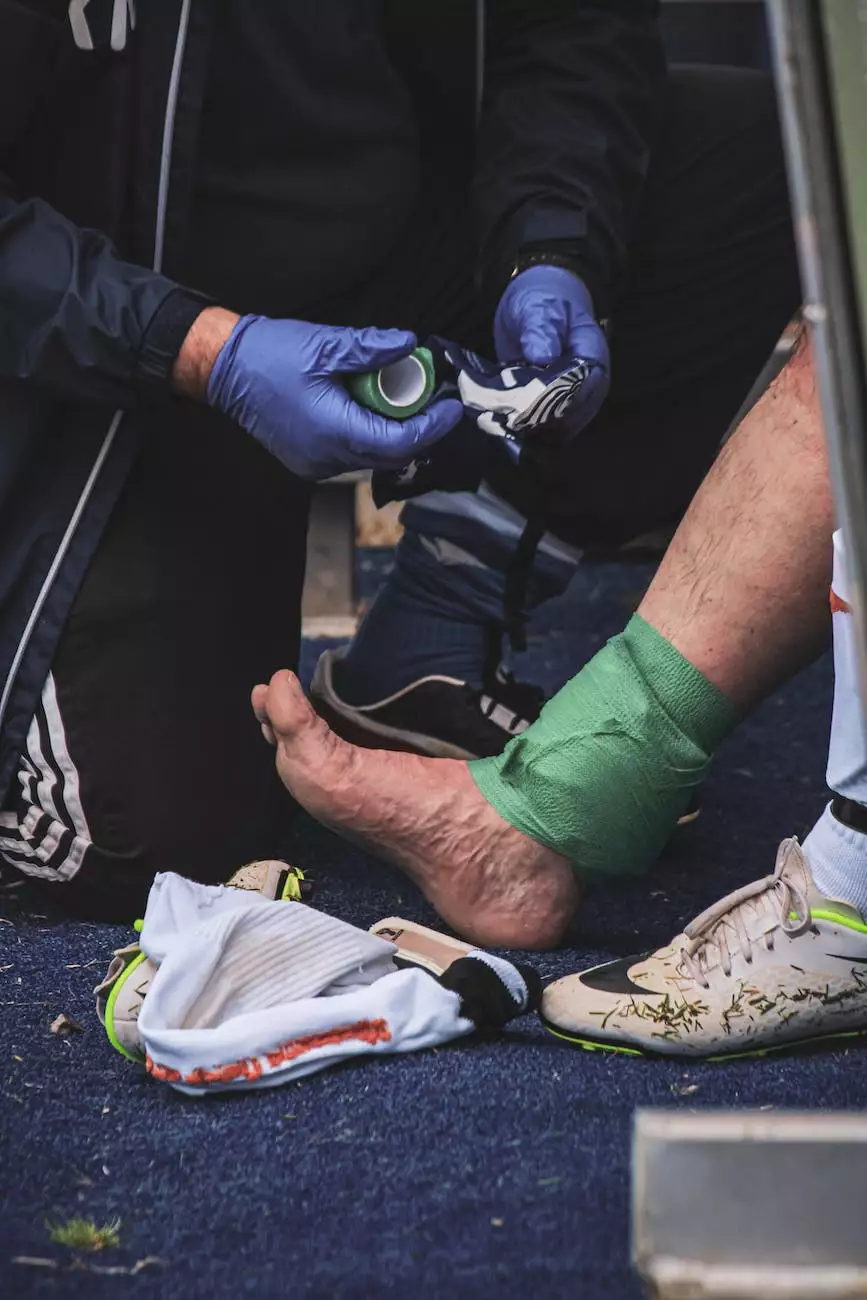What Causes Blisters? - Bowling Orthopaedics
Blog
Welcome to Bowling Orthopaedics' comprehensive guide on what causes blisters. In this article, we will explore the common culprits behind blister formation and provide valuable insights on preventing and treating them.
Understanding Blisters
A blister is a small pocket of fluid that forms between the layers of the skin. They are often caused by friction, heat, or other forms of irritation to the skin. Blisters can occur on various parts of the body, including the feet, hands, and even inside the mouth. While most blisters are harmless and will heal on their own, some can be indicative of underlying health issues.
Common Causes of Blisters
1. Friction Blisters:
Friction blisters are the most common type of blisters and are typically caused by repetitive rubbing or pressure on the skin. Activities such as running, walking long distances, or wearing ill-fitting shoes can increase the risk of friction blisters. These blisters are often seen on the feet, especially the heels and toes.
2. Burn Blisters:
Burn blisters are a result of thermal burns, either from direct contact with a hot object or exposure to intense heat. The body forms blisters to protect the underlying skin from further damage. Proper burn care is essential to prevent infections and promote healing.
3. Allergic Reactions:
In some cases, blisters can develop as a result of an allergic reaction to certain substances, such as chemicals, plants, or medications. These blisters are known as allergic contact dermatitis and typically occur at the site of exposure.
4. Medical Conditions:
Certain medical conditions, such as autoimmune diseases like pemphigus or pemphigoid, can cause blister formation. These conditions involve the body's immune system mistakenly attacking healthy cells, resulting in blistering skin.
Prevention and Treatment
Preventing blisters is often easier than treating them:
- Ensure proper shoe fit and wear moisture-wicking socks to reduce friction.
- Apply protective pads or barrier creams to areas prone to friction.
- Avoid exposing your skin to extreme heat or chemical irritants.
- Take breaks during activities that involve repetitive motion.
- Keep your skin clean and moisturized.
When it comes to treatment, most blisters can be managed at home with the following steps:
- Leave the blister intact to protect the underlying skin.
- If the blister is causing discomfort, you can drain it using a sterilized needle.
- Clean the area with mild soap and water, then apply an antibiotic ointment.
- Cover the blister with a sterile bandage or dressing to prevent infection and promote healing.
- Change the bandage regularly and monitor for any signs of infection, such as increased redness, swelling, or pus.
If a blister becomes infected or does not heal within a reasonable timeframe, it is advisable to seek medical attention. A healthcare professional can evaluate the underlying cause and provide appropriate treatment options.
The Bottom Line
Blisters can be a nuisance, but with proper care and prevention, you can minimize their occurrence and alleviate any discomfort. Remember to prioritize your foot health, wear appropriate footwear, and listen to your body's signals. If you have any concerns or questions about blisters, do not hesitate to reach out to Bowling Orthopaedics, where our team of experts is ready to assist you.




